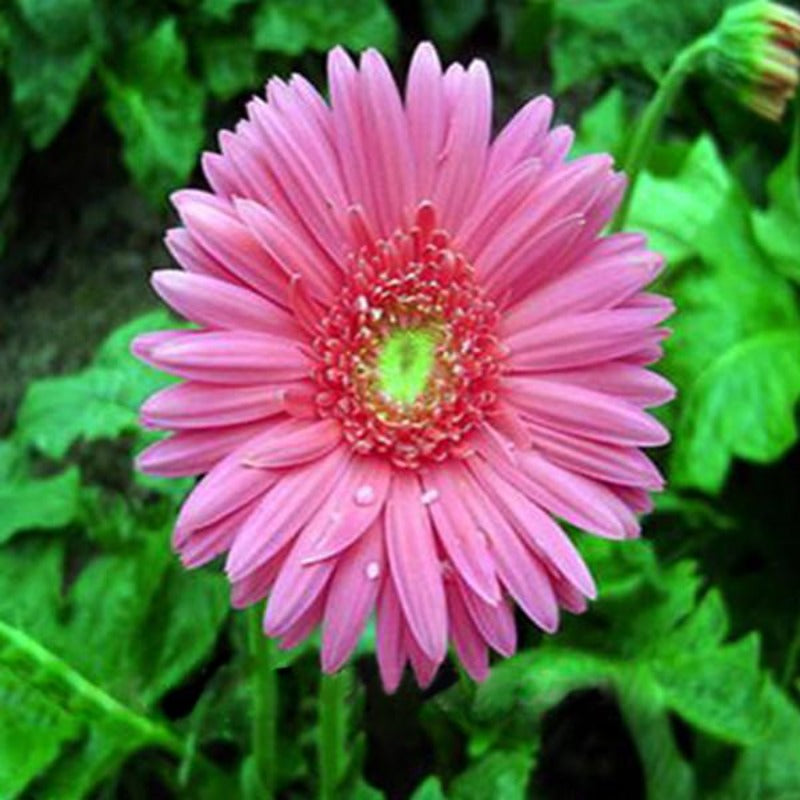- Species and varieties: Gerbera jamesonii, commonly known as Gerbera Daisy, is a popular ornamental plant. There are various varieties of Gerbera seeds, including single, double, and crested double forms, with a wide range of colors such as red, yellow, pink, white, and orange.
- Hybrid or heirloom: Gerbera seeds are available in both hybrid and heirloom varieties. Hybrid varieties are often bred for specific traits such as larger blooms, disease resistance, and vibrant colors. Heirloom varieties are open-pollinated and have been passed down through generations, maintaining their original characteristics.
- Pruning and training: Regular deadheading of spent blooms encourages continuous flowering. Remove any yellowing or damaged leaves to maintain plant health. Gerbera daisies do not require extensive pruning, but keeping the plant tidy helps prevent disease.
- Fertilization needs: Gerbera daisies benefit from regular fertilization. Use a balanced, water-soluble fertilizer every 2-3 weeks during the growing season. Avoid over-fertilizing, as this can lead to excessive foliage growth at the expense of blooms. A slow-release fertilizer can also be used at the beginning of the growing season.
- Hardiness zones: Gerbera daisies are suitable for USDA hardiness zones 8-11. In these zones, they can be grown as perennials. In cooler climates, they are often grown as annuals or in containers that can be brought indoors during the winter.
- Climate requirements: Gerbera daisies thrive in warm climates with plenty of sunlight. They prefer temperatures between 70-75°F (21-24°C) during the day and slightly cooler temperatures at night. They require well-drained soil and moderate humidity. Avoid excessive moisture to prevent root rot.




